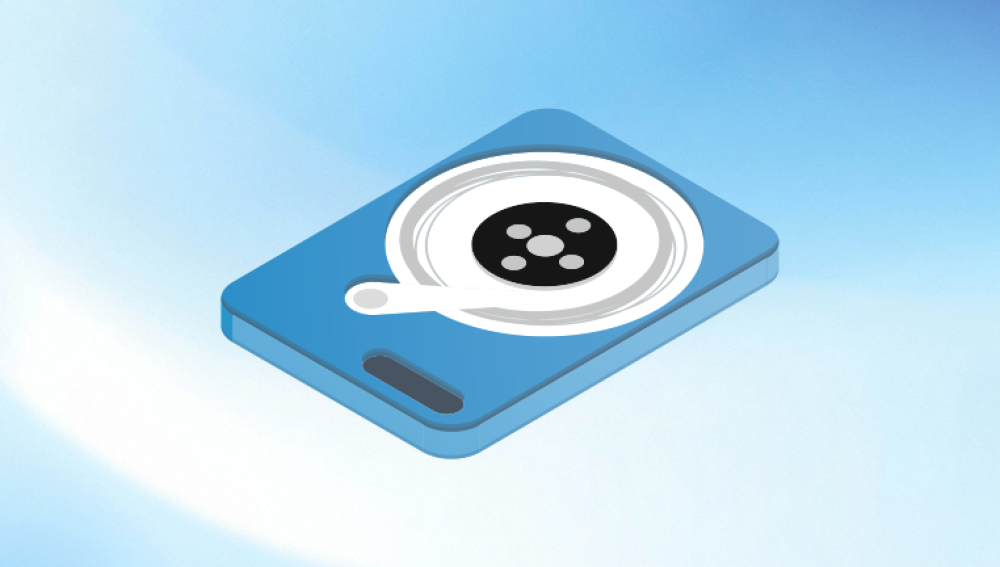Losing important files due to deletion is a common and often distressing situation. Whether it's due to accidental deletion, a software glitch, or a system crash, the good news is that in many cases, deleted files can be recovered from a hard disk. This is because when you delete a file, the data is not immediately erased from the hard disk. Instead, the space occupied by the file is marked as available for reuse, and the file's entry in the file system directory is removed. As long as the data has not been overwritten by new information, there is a good chance of recovering it.
1. Stop Using the Hard Disk Immediately
The first and most crucial step is to stop using the hard disk from which the files were deleted as soon as you realize the files are missing. Any new data written to the disk can potentially overwrite the deleted files, making them unrecoverable. This means avoiding activities such as installing new software, saving new documents, or even browsing the web if the browser stores temporary files on the same disk.

2. Understand the File Deletion Process
When a file is deleted in an operating system, the following typically occurs:
In the file system's directory structure, the entry for the file is marked as deleted. This entry contains information such as the file's name, location on the disk, and its size.
The space occupied by the file on the hard disk is marked as free and available for reuse. However, the actual data bits that make up the file remain on the disk until they are overwritten by new data.
For example, in the NTFS file system used by Windows, the deleted file's entry in the Master File Table (MFT) is modified to indicate that the file is no longer in use. The file's data is still present in the clusters on the disk until those clusters are allocated to another file.
3. Choose the Right Data Recovery Tool
Drecov Data Recovery is a reliable tool for recovering deleted files from various storage devices, including hard drives, SSDs, USB flash drives, and SD cards. Whether files were lost due to accidental deletion, formatting, or system crashes, the software offers a quick and deep scan to maximize recovery chances. It supports documents, photos, videos, and more, ensuring a high success rate. With an intuitive interface, users can easily scan, preview, and restore files without overwriting existing data. Secure and efficient, Drecov Data Recovery is an essential solution for retrieving lost files effortlessly.
4. Use Data Recovery Software
Here is a general step - by - step guide on using data recovery software:
Download and install the software: Go to the official website of the chosen data recovery tool and download the appropriate version for your operating system. Install the software on a different disk than the one you are trying to recover data from to avoid overwriting any important data.
Launch the software: Open the data recovery program. It will usually present you with a list of available drives or storage devices.
Select the hard disk to scan: Choose the hard disk from which you want to recover the deleted files. Some tools may also allow you to select specific partitions if your disk is partitioned.
Initiate the scan: Start the scanning process. There are usually two types of scans: a quick scan and a deep scan. The quick scan searches for recently deleted files and is relatively fast, while the deep scan examines the entire disk surface and takes longer but is more thorough. In most cases, it's advisable to start with a quick scan and if it doesn't yield the desired results, perform a deep scan.
Preview and select the files to recover: During and after the scan, the software will display a list of the files it has found. You can usually preview the files to ensure they are the ones you want to recover. Select the files you want to restore and choose a destination to save them. It's crucial to save the recovered files to a different location than the original disk to prevent overwriting.
5. Check for File System Errors
Sometimes, file deletion issues can be caused by file system errors. You can use built - in tools in your operating system to check and repair file system errors:
Windows: Use the CHKDSK (Check Disk) utility. You can run it by opening the Command Prompt as an administrator and typing "chkdsk /f [drive letter]". For example, if the hard disk you want to check is drive C, you would type "chkdsk /f C:". This command checks the file system for errors and attempts to repair them.
Mac: Use Disk Utility. Open Disk Utility from the Applications > Utilities folder. Select the hard disk or volume you want to check and click the "First Aid" button. Disk Utility will scan for and repair any file system issues.
Linux: Use tools like fsck (File System Check). The specific command and options may vary depending on the file system type. For example, to check an ext4 file system, you might use "fsck -t ext4 /dev/sda1" (assuming /dev/sda1 is the device corresponding to the partition you want to check).
Repairing file system errors can sometimes make deleted files more accessible or even recover them automatically in some cases.
6. Consider Professional Data Recovery Services
If the data is extremely important and the do - it - yourself methods do not yield satisfactory results, it may be worth considering professional data recovery services. These services have specialized equipment and expertise to handle complex data recovery scenarios, such as physical damage to the hard disk, head crashes, or firmware issues. However, they can be expensive, and the process may take longer. Here are some things to keep in mind when choosing a professional service:
Reputation and experience: Look for companies with a good reputation and extensive experience in data recovery. Check online reviews and ask for recommendations from others who have used their services.
Clean room facilities: If the hard disk has physical damage, the recovery process may need to be done in a clean room to prevent further contamination and damage. Make sure the service provider has such facilities.
Data security and privacy: Ensure that the company has strict measures in place to protect your data's security and privacy. They should sign a non - disclosure agreement if you require it.
7. Prevent Future Data Loss
Once you have recovered your deleted files, it's essential to take steps to prevent future data loss:
Regular backups: Set up a regular backup schedule using external hard drives, cloud storage, or network - attached storage (NAS). This way, if files are accidentally deleted or the hard disk fails, you have a recent copy of your data available for restoration.
Use file - versioning systems: Some operating systems and cloud storage services offer file - versioning features. This allows you to access previous versions of files in case you make unwanted changes or delete them by mistake.
Be cautious when deleting files: Always double - check before deleting files, especially if they are important. You can also consider moving files to the Recycle Bin or Trash instead of permanently deleting them to have a chance to recover them easily if needed.




